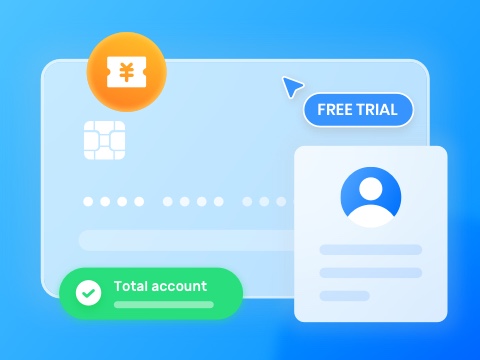Many producers are seeking a Low Latency technology for their streaming applications. There are two primary technologies to choose from, HTTP Low Latency and WebRTC. This article will discuss considerations for selecting the correct streaming server with HTTP Low Latency streaming.
What Is HTTP Low Latency?
HTTP Low Latency describes technologies that use CMAF-formatted media to distribute streams to HLS and DASH players over HTTP. It includes Apple’s new Low-Latency HLS spec and low-latency CMAF for DASH.

Though deploying HTTP Low Latency streams without a server is technically feasible, using one adds significant flexibility. For example, ZEGOCLOUD Streaming Engine™ media server software can deliver HTTP Low Latency streams as just another output format. Therefore, you can use your existing on-premise capture hardware and protocols like SRT to minimize latency and maintain signal quality. A server such as ZEGOCLOUD Streaming Engine can also help manage caching efficiency and allow you to scale Low Latency broadcasts for large audiences.
If you’re using an existing streaming server or solutions provider for your live or VOD broadcasts, check whether that company provides an HTTP Low Latency solution. Using a current provider will likely prove the most efficient and economical approach. If you evaluate other providers, here’s a list of items to consider.
Integration Across Service Providers
Design flexibility —HTTP Low Latency solutions have multiple components, including an encoder, streaming server, player, and service providers like CDNs.
If you have significant investment in any of these elements or existing relationships with key service providers, you’ll want the flexibility to keep using these. Check the integrations offered by your prospective service provider to ensure you can continue to use current components and service providers. You may want to avoid vendors that lock you into their elements, as this essentially is the same as choosing a proprietary technology.
Also, check the depth of these integrations. HTTP Low Latency streaming presents a range of unique challenges not faced by typical streaming. For example, what happens if playback stops for a few moments due to a loss of bandwidth? Do you resume at the break, immediately jump to the live feed, or catch up over time? Can the player vary the playback speed automatically to ensure that all viewers are synchronized? The service provider must provide an API enabling this decision-making type and a rigorous QA program to ensure optimal performance. If designing your multivendor solution, choose a server vendor with a market presence to ensure compatibility with other vendors.
On the other hand, HTTP Low Latency streaming requires a balancing act between latency, quality, scalability, and playback robustness. Vendors that offer a complete end-to-end workflow can promote overall performance via communications between the encoder, server, and player. So if you’re seeking ultimate performance or don’t have existing components or providers, consider a vendor that can provide an integrated solution.
Features Set
Though HTTP Low Latency streaming is based on industry standards, different providers may or may not implement many features. These include:
- Protocol support: CMAF supports HTTP streaming for both HLS and DASH. Most first-generation solutions will likely initially support only HLS, but DASH support will expand the list of target platforms and should at least be on the drawing board.
- DRM support: many Low Latency applications will also need access protection, so check which DRMs and DRM providers are supported to ensure you can reach all required platforms.
- Push/pull delivery: most players will remove the Low Latency stream from the server, but some players and CDNs want it pushed to them. Virtually all providers will support pull, but if a push-based workflow is critical to your application, make sure it’s in the plans.
- Single or multiple bitrates: most first-generation HTTP Low Latency solutions will output a single bitrate, but the specification also supports adaptive bitrate streaming, which is desirable. If your application could benefit from adaptive bitrate delivery, ask if it’s on the drawing board.
Performance and scalability
HTTP Low Latency streaming should support glass-to-glass latency of three seconds or less, so be sure to check this in your tests. Determine how many simultaneous streams the server can help if you’re renting or licensing a server. If these figures aren’t available, check performance numbers for HLS output, which should be reasonably similar.
Configuration and control

As mentioned, HTTP Low Latency streaming is a balancing act, and your technology should provide the controls necessary to customize the operation to fit your unique requirements. For example, you must be able to configure chunk sizes for the number of included frames, tune your transcoding configuration, and access APIs to control metadata, subtitles, and captions.
Analytics and Reporting
You’ll want sufficient real-time data to identify and respond to any technical issues during live events and the data necessary to gauge overall performance. Features to look for here include stream health monitoring, active sessions and stream counts, and bytes in and out.
Let’s Build APP Together
Start building with real-time video, voice & chat SDK for apps today!










